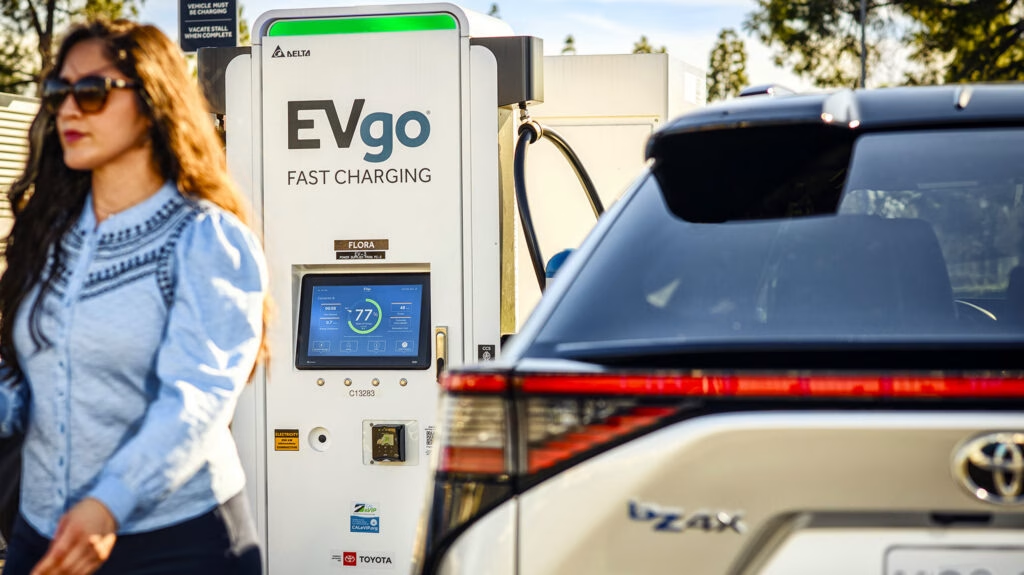Senate Republicans recently made headlines by voting to revoke California’s authority to set its own vehicle emissions standards, a move that could significantly impact the future of clean transportation in the U.S. This decision, passed with a narrow 51-44 vote, has sparked intense debate about state rights, environmental policy, and the direction of the automotive industry.
What Does This Vote Mean for California’s Emission Standards?
California has long been a leader in environmental regulation, establishing stringent air quality standards that many other states have adopted. The state’s ambitious plan to ban the sale of new gas-powered vehicles by 2035 was a cornerstone of its strategy to combat climate change. However, with the Senate’s recent vote, that plan now faces major hurdles. Critics of the decision argue that it undermines California’s autonomy and sets a dangerous precedent for federal overreach.
The Congressional Review Act (CRA) was used to strip California of its waiver, which allowed it to implement its own emissions regulations. This move has raised eyebrows, especially since nonpartisan legal experts warned that the action could be illegal. Yet, the Senate proceeded, igniting a firestorm of reactions from both sides of the political spectrum.
Why Are Some Politicians Opposing California’s Standards?
Supporters of the Senate’s decision, including former President Donald Trump, argue that California’s regulations are overly ambitious and unrealistic. Trump has criticized the state’s push for electric vehicles (EVs), claiming that the mandates are “ridiculous” and unattainable. John Bozzella, president of the Alliance for Automotive Innovation, echoed this sentiment, stating that there is a significant gap between the current marketplace and California’s EV sales requirements.
On the other hand, California Governor Gavin Newsom has vehemently opposed the Senate’s actions. He framed the debate as a choice between American innovation and reliance on foreign markets, particularly China. Newsom’s passionate response highlights the stakes involved—not just for California, but for the entire nation’s automotive industry and environmental future.
The Broader Implications of Federal Intervention
California’s regulations have historically influenced national standards, given that it represents the fourth-largest economy in the world. Automakers often align their practices with California’s rules to maintain access to this lucrative market. With the federal government now stepping in, the dynamics of the automotive industry could shift dramatically.
Senator Shelley Moore Capito, a Republican from West Virginia, defended the Senate’s decision by arguing that California’s policies have imposed extreme climate regulations on the rest of the country, which she claims was never the intent of the Clean Air Act. This perspective raises questions about the balance of power between state and federal governments, particularly in areas where environmental policy is concerned.
What Are the Real Numbers Behind EV Adoption?
While California’s goals are ambitious, data suggests that the U.S. market is lagging in EV adoption compared to other countries. Factors such as charging infrastructure, vehicle pricing, and the distances Americans travel daily contribute to this slower uptake. As a result, California’s target for phasing out gas-powered vehicles may seem increasingly unrealistic, especially in light of the Senate’s recent vote.
The pushback against California’s emissions standards reflects a broader tension in American politics regarding climate change and environmental regulation. As the debate continues, it’s clear that the future of clean transportation in the U.S. is at a crossroads.
Navigating the Future of Clean Transportation
The recent developments in California’s emissions regulations signal a pivotal moment for the automotive industry and environmental policy in the United States. As states grapple with the implications of federal intervention, the conversation around clean transportation will likely intensify.
The big takeaway? The fight for cleaner air and sustainable transportation isn’t just about regulations—it’s about finding a balance that respects state rights while addressing national concerns. Whether you’re an advocate for aggressive climate policies or a skeptic of their feasibility, one thing is certain: the road ahead will require collaboration and innovative thinking. Start with one change this week, and you’ll likely spot the difference by month’s end.

